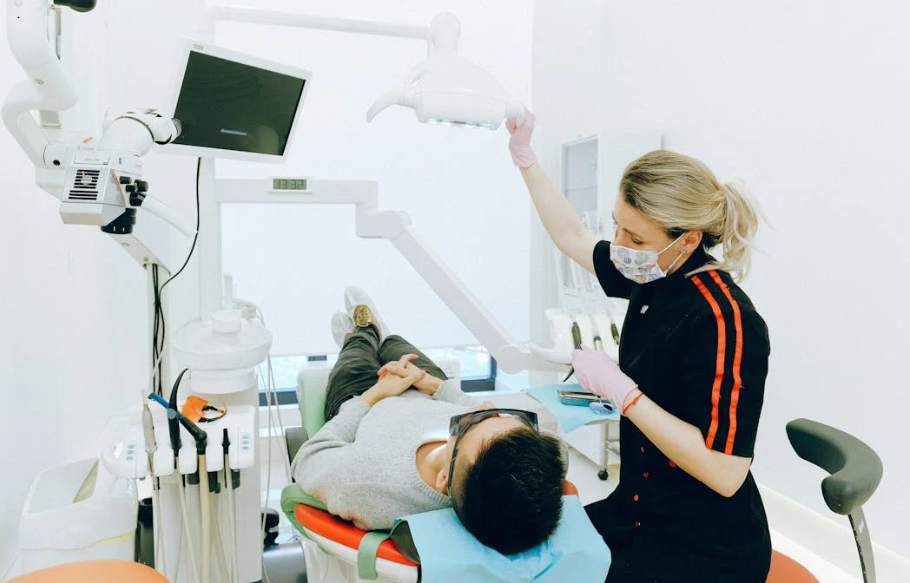
Advances in technology continue to revolutionize all areas of science and medicine, none more so than in the world of dentistry. While many people may still hold outdated notions of dental care as being stuck in the past, modern dentistry has made huge strides in recent years thanks to cutting-edge innovations which have enabled it to set new standards for patient care and outcomes.
One notable transformation in this sector has been the arrival of digital dentistry. This term refers to the application of digital technologies and computer-based tools to examine, diagnose, and treat patients’ oral health needs. In this article, we will take a closer look at some of the ways digital dentistry is being used in practice today.
Digital X-Ray Systems
X-ray examinations have been standard practice in dental care for decades. Traditionally, time was required to process the film and dentists were limited to hard copies of the prints. As this was the only way to view the X-rays, obtaining a second opinion was additionally time-consuming and prolonged patients’ treatment times.
Digital X-ray systems such as the ones used by Ocean Dental Clinic have drastically cut down processing times and allow X-ray images to be viewed simultaneously, from any location, from a computer screen. In addition, digital X-rays typically require less exposure to radiation compared to film X-rays, making them safer for patients to use.
3D Printing
3D printing is one of the latest advancements in digital dentistry. In recent years, this technology has enabled dentists to create custom-made dental models in-house for a range of dental treatments.
Compared to traditional methods which involved taking impressions or molds and sending them to labs for fabrication, 3D printing significantly reduces turnaround times, from several weeks to a few hours or days. From dentures and implants to surgical guides and clear aligners, 3D printing has greatly improved workflows and efficiency for dental practices allowing them to better respond to their patients’ dental needs.
According to this expert dentist in Port Charlotte FL, 3D printing enhances precision and customization, ensuring a better fit and improved comfort for patients. By using advanced materials and digital scanning technology, dentists can create highly accurate restorations, leading to more effective treatments and long-lasting results.
Dental Lasers
The introduction of laser technology allows dentists to undertake a range of dental procedures in minimally invasive and painless ways. Replacing the dreaded dental drill, hard-tissue lasers can now be used to remove decay from teeth and treat cavities with maximum precision. This ensures the structure of the tooth is preserved, reducing recovery times, and in some cases, avoiding the need for anesthetic to be used on patients.
Dental lasers are also being used for minor surgical procedures such as gum surgery. Their efficiency in minimizing bleeding and instantly cauterizing wounds reduces the need for suturing, resulting in a lowered risk of infection and pain following treatment.
Laser-assisted teeth whitening procedures can also brighten and remove stains on teeth, which when used in combination with digital shade-matching technology enable dentists to provide a more natural look to patients’ teeth, ensuring they leave their office with a brighter and more confident smile.
These are just some of the technologies currently revolutionizing the world of dentistry. As advancements in this field continue, dental practitioners and the patients they treat can look forward to greater speed, efficiency, and convenience in dental care delivery.



